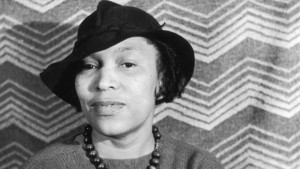
Hurston also had serious academic interests. She landed a scholarship to Barnard College, where she pursued the subject of anthropology and studied with Franz Boas. In 1927, Hurston returned to Florida to collect African-American folk tales. She would later publish a collection of these stories, entitled Mules and Men (1935). Hurston also contributed articles to magazines, including the Journal of American Folklore.
Also in the mid-1930s, Hurston explored the fine arts through a number of different projects. She worked with Langston Hughes on a play called Mule-Bone: A Comedy of Negro Life—disputes over the work would eventually lead to a falling out between the two writers—and wrote several other plays, including The Great Day and From Sun to Sun.
Hurston released her first novel, Jonah’s Gourd Vine, in 1934. Two years later, she received a Guggenheim fellowship, which allowed her to work on what would become her most famous work: Their Eyes Were Watching God(1937). She wrote the novel while traveling in Haiti, where she also studied local voodoo practices. That same year, Hurston spent time in Jamaica conducting anthropological research.
In 1942, Hurston published her autobiography, Dust Tracks on a Road. This personal work was well-received by critics, but her life and career soon began to falter. Hurston was charged with molesting a 10-year-old boy in 1948; despite being able to prove that she was out of the country at the time of the incident, she suffered greatly from this false accusation.
Death and Legacy
Despite all of her accomplishments, Hurston struggled financially and personally during her final decade. She kept writing, but she had difficulty getting her work published. Additionally, she experienced some backlash for her criticism of the 1955 U.S. Supreme Court decision in Brown v. Board of Education, which called for the end of school segregation.
A few years later, Hurston had suffered several strokes and was living in the St. Lucie County Welfare Home. The once-famous writer and folklorist died poor and alone on January 28, 1960, and was buried in an unmarked grave in Fort Pierce, Florida.
More than a decade later, another great talent helped to revive interest in Hurston and her work: Alice Walker wrote about Hurston in the essay “In Search of Zora Neale Hurston,” published in Ms. magazine in 1975. Walker’s essay helped introduce Hurston to a new generation of readers, and encouraged publishers to print new editions of Hurston’s long-out-of-print novels and other writings. In addition to Walker, Hurston heavily influenced Toni Morrison and Ralph Ellison, among other writers.
article found @http://www.biography.com/people/zora-neale-hurston-9347659





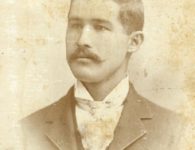

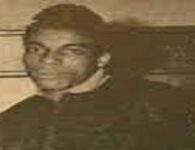
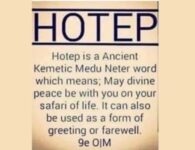

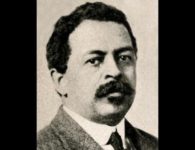



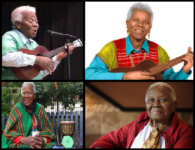


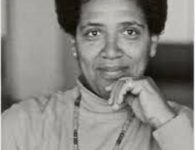
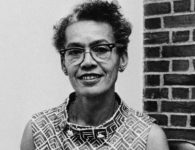
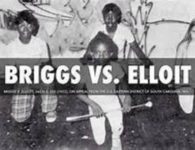

1 Comment
I used to be able to find good information from your blog posts.